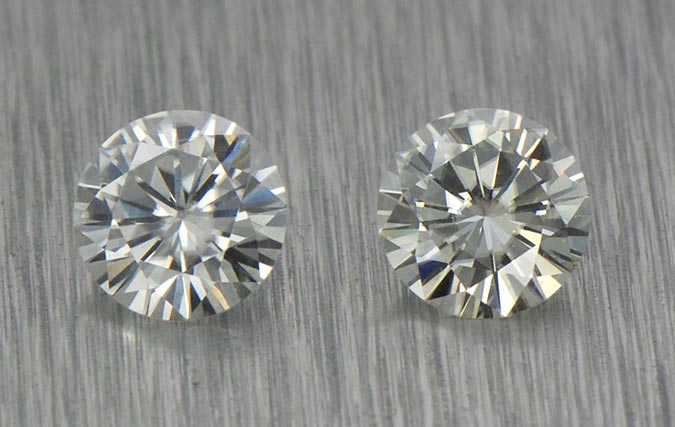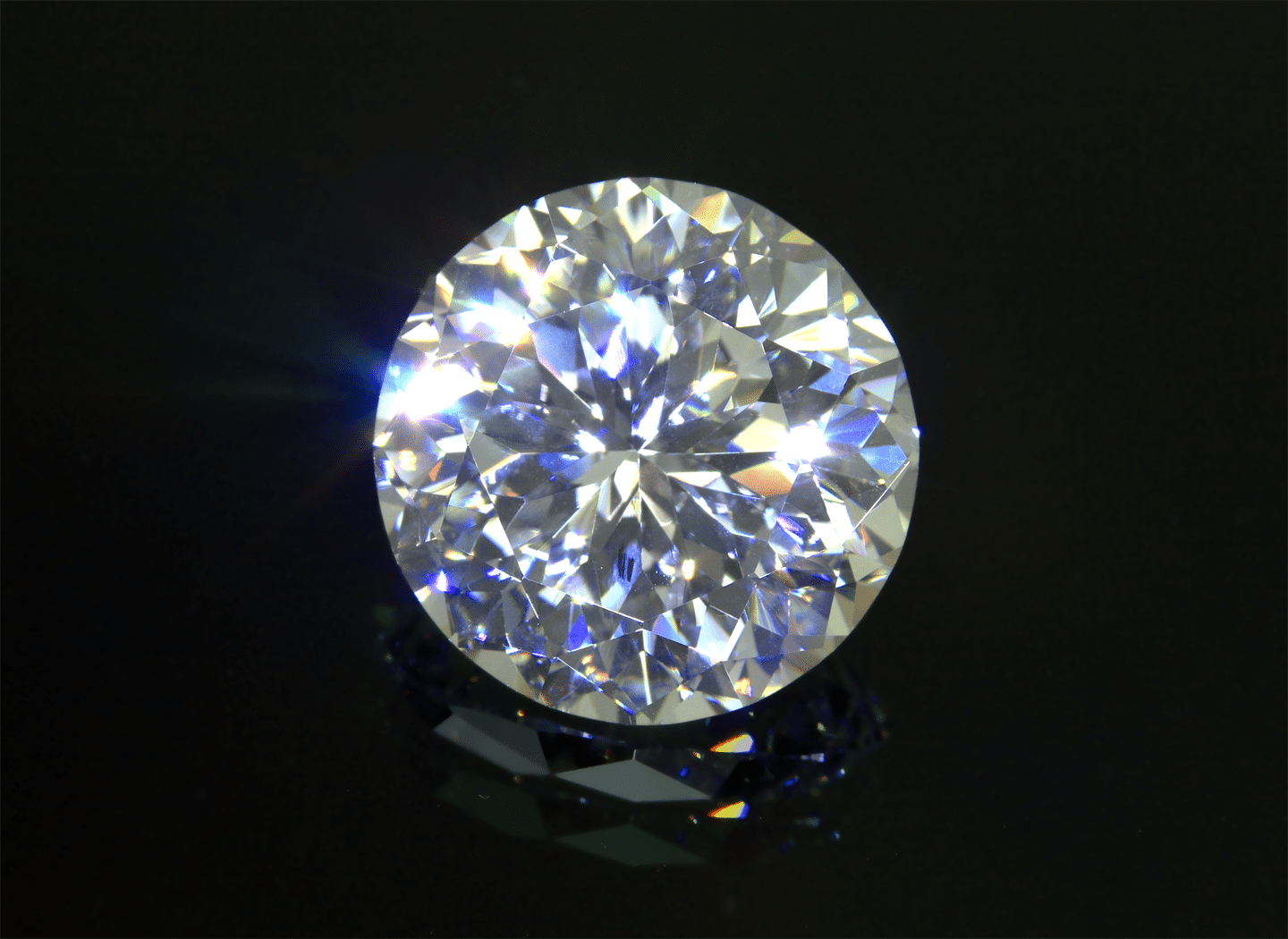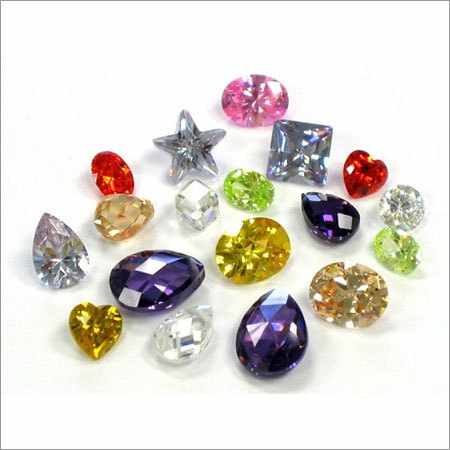Synthetic diamonds, real diamonds and diamond simulants: what’s the difference between them? The average buyer probably has no idea, and this is a major problem, because countless companies are exploiting their lack of knowledge, in order to market overpriced products with no real value. In the end, diamonds are diamonds and they will never lose value. If you don’t want to get scammed, you should have at least some basic knowledge regarding lab-created diamonds and their properties.
The first thing you need to know is the fact that real diamonds come in three natural forms (amorphous carbon, diamond, graphite) and all other stones are not diamonds. A real diamond will have the following properties: hardness – 10, average density – 3.51, refractive index – 2.4, luster index – 17.2%, 4 direction cleavage. Real diamonds can be natural (mined from the earth) and synthetic (created under special conditions in laboratories). In general, lab-made diamonds are used for industrial purposes, while real diamonds are meant for jewelry.
But what are simulated diamonds? This is where the confusion deepens. Diamond simulants look a lot like real ones, but they have no similar physical properties. Simulated diamond rings or earrings may look as beautiful as genuine diamonds but they either originate from a different element in nature (white sapphire, quartz) or were made in a laboratory (from moissanite, glass, cubic zirconia etc). Now that we have briefly explained what each of these terms mean, let’s take a look at the most circulated man-made diamonds & simulant myths.
The debunking of the following myths should make it easier for you to spot fraudulent claims on the simulated diamond rings and jewelry market.
1. “This Simulant is not Cubic Zirconia!”
Cubic Zirconia is without a doubt the most popular diamond simulant on the market. It represents the cubic crystalline form of ZrO2 – zirconium dioxide. Let’s say you are shopping for man-made diamond rings, and you find one that you like, but it doesn’t have the substance used clearly identified. If this is the case, you can safely assume that the seller is marketing cubic zirconia.
Sure, there are other types of simulants on the market, including YAG, white sapphire, glass etc., but you can safely assume that the jewelry you like is Cubic Zirconia, especially if the substance is not specified in the product description. This doesn’t mean that cubic zirconia is a bad choice. Depending on its formulaic modifications, lab conditions, cutting & polishing treatment, it can look very similar to diamonds.
There are only two other mainstream simulants in use at the moment. They are: moissanite (a silicon carbide that has no Cubic Zirconia component), and Asha diamonds (which consist of a cubic zirconia core encased in a diamond coating on the outside). Nevertheless, unless the substance used is clearly specified, you should assume that the seller is using Cubic Zirconia.
2. “We offer seamless lab diamonds at Great Prices”
There are very few companies that can offer true lab-grown white diamonds and even fewer that can offer a flawless, colorless one. Any company that claims it has ‘perfect’ lab diamonds is trying to scam you. Even if it were possible to get your hands on perfect lab-grown diamonds (in spite of the fact that all stones have small imperfections), the price-tag would be very close to that of a real diamond. Is it really worth it, then? A diamond still maintains value and you can expect to get a few hundred dollars on a carat, but you can’t sell man-made diamonds for that price. The only reason why high-quality lab-made diamonds are cheaper is because the cutting cost for real diamonds is very high (around 100$/carat).
3. “All Cubic Zirconia is the Same”
As we’ve already mentioned above, the quality of cubic zirconia may vary depending on the conditions under which it was made, on the ratios and qualities of its ingredients, cooling process, cutting process, and polishing. Although all CZ has the same main ingredient (zirconium), it does not all look the same.
4. “This Moissanite is Whiter than Others”
There is only one company that has managed to develop an enhancement process for Moissanite. MoissaniteCo.com can process these gemstones to make them whiter, but this is only available through their site. Any other company claiming to do this is definitely lying. The standard quality for Moissanite at the moment is VG (very good).
5. “Adding amorphous diamond coating doesn’t change anything”
Many companies do not have the resources necessary to produce amorphous diamond coating for their gemstones. Therefore, they claim that it does not make any difference. They are lying. By adding an extra layer of amorphous diamond coating you can increase the hardness, scratch resistance and toughness of your simulant.
Also, standard CZ is slightly porous, so it might allow dirt, soap and other organisms to be absorbed in the interior. A diamond coating will ensure that your simulated diamond rings last longer, without losing shine. Lastly, the amorphous diamond coating offers a more diamond-like appearance, because it slows down the light as it passes through the non-visible spectrum and it also offers the gemstone more brilliance and fire.
We hope that these debunked myths will make shopping for your next ‘fake’ diamond jewelry a lot easier. For more questions feel free to leave us a comment below!












The brightest and whitest moissanite is actually the Forever Brilliant Collection of Moissanite created by Charles and Colvard that is found on http://www.moissanite.com
Hi will any of the above, even if the stone is coated….produce a positive result on the diamond tester please. ..